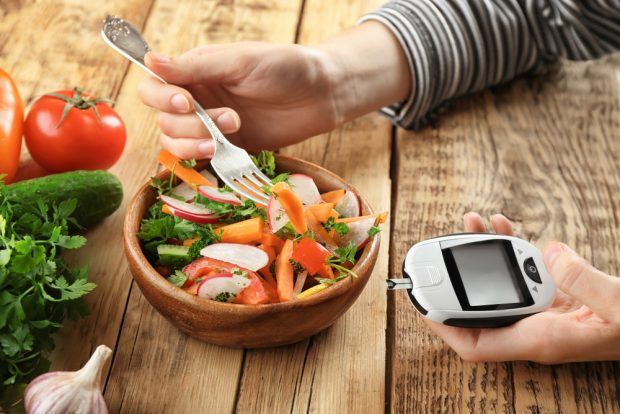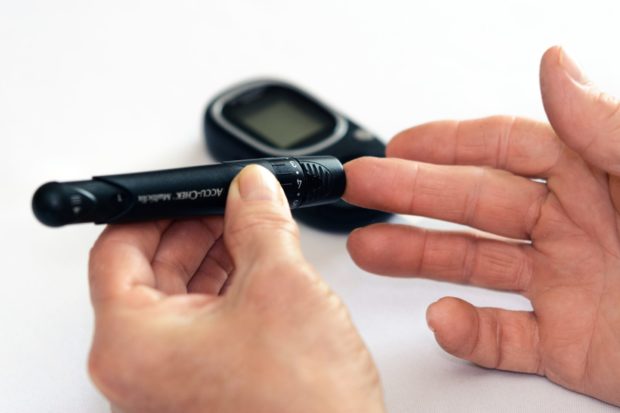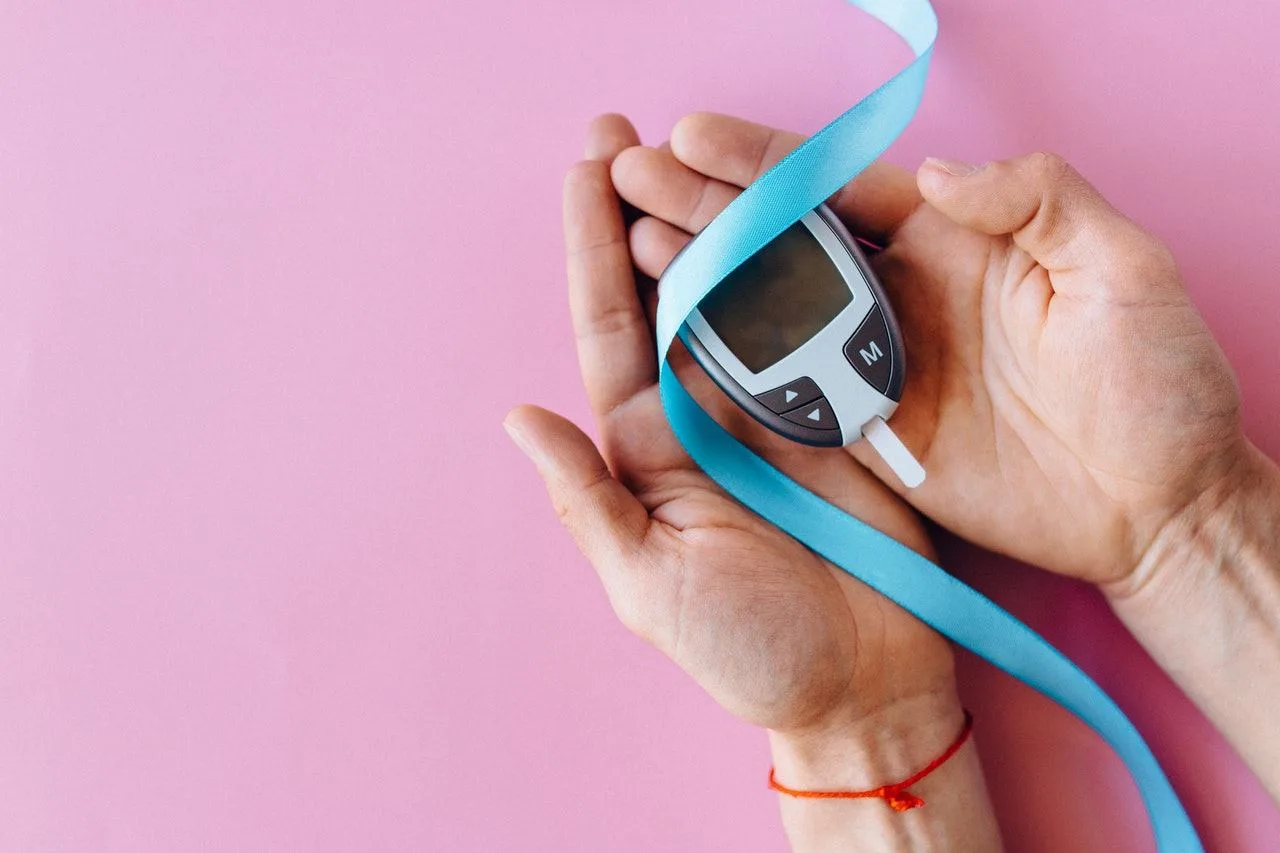According to the 2021 National Diabetes Statistics Report by the CDC, nearly 40 million Americans have diabetes. But despite how widespread this condition is and the advances in healthcare since the discovery of insulin in 1921, much is yet to be understood about blood sugar dynamics.
And while fluctuations in your diabetes and blood sugar are to be expected, this doesn’t make it any easier to get your insulin dose correct each time. Here are some useful tips that can help you cope with changes in your diabetes – but don’t forget that learning to change insulin doses can take time.
Learn What Factors Affect Your Blood Sugar Levels
Learning to control your diabetes is essential to improving your quality of life. The first step to doing so is to understand that your blood sugar levels and insulin requirements will change throughout your life, in response to lifestyle changes, and according to your health.

Africa Studio/Shutterstock
Even when you are closely monitoring and efficiently managing your blood glucose, sugar levels can change unpredictably and according to factors that are not immediately so evident.
For example, you might be aware that, after you eat, your blood sugar level will spike while they might reach lows during periods of fasting.
However, other factors can be just as influential, including:
- The type of food you eat
- Your exercise and physical activity
- Medications
- Illnesses
- Alcohol use
- Stress
- Hormone level changes
Learning to understand your diabetes and changing insulin doses can take time and effort. But it will all be worth it when you are finally able to control your condition and prevent dangerous highs or lows in blood sugar levels.
Working with your certified diabetes educator (CDE) can help you understand how to change insulin doses between your appointments.
Keep Track of Your Blood Sugar Level Throughout the Day – And Refer to Your Dataset
Your life since your diagnosis might have drastically changed, but, thanks to today’s availability of insulin treatments, dealing with diabetes is no longer a life sentence.
But if you have Type 1 diabetes – or Type 2 diabetes and are taking insulin – regular checks of your blood glucose levels will be part of your daily routine throughout your life.
Depending on your treatment plan, there are multiple options to monitor your blood sugar, including:
- Create a spreadsheet or manual dataset – if you are using a finger-prick checker or test strips, you can record your blood sugar levels using a spreadsheet. This method should be adapted to your lifestyle.
But, as a rule of thumb, you should aim to record your blood sugar around 6 times a day, after you eat, when you exercise, and after slow-acting and fast-acting insulin start working.
This will tell you how well your insulin treatment works in terms of keeping your blood sugar within range and when you’ll need to adjust the dosage.
- Use apps – apps like mySugr, Glucose Buddy, Health2Sync, and One Drop work as manual or automatic daily journals to record your blood sugar levels in relation to your daily activities. What’s more, depending on the app, you’ll be able to record your calories intake, exercise goals, favorite foods, and even keep track of A1C readings.
- Invest in a Continuous Glucose Monitoring (CGM) device – while CGM devices have not yet replaced test strips, they are a more discrete and reliable solution to monitor your blood sugar throughout the day.
These devices work thanks to a sensor inserted under the belly’s or arm’s skin, which checks the glucose levels every few minutes and delivers this information to a user-friendly monitor.
 Whether you receive insulin therapy or not, you should always consider checking your blood sugar levels and report to your doctor prolonged highs or lows that last over 3 days.
Whether you receive insulin therapy or not, you should always consider checking your blood sugar levels and report to your doctor prolonged highs or lows that last over 3 days.
Revisit Your Diet and Exercise Program
Of the nearly 40 million people with diabetes in America, under 9 million receive insulin therapy. The remaining percentage deal with undiagnosed diabetes or manage their blood sugar levels through lifestyle changes and oral medications.
And even if you are using insulin to manage diabetes, having a routine in place and making the right lifestyle choices can help you better control your blood sugar. But the exercise and diet program your doctor might have prescribed when you were first diagnosed may no longer be suitable for you.
Partner with a specialized nutritionist and fitness coach to understand how your nutritional needs have changed and what types of exercise best suit your lifestyle and goals.
Generally, you will need to focus on a diet rich in whole, minimally processed foods, including legumes, fruits, whole grains, plant-based proteins, and vegetables. Carbohydrate tracking, limiting salt, and minimizing refined sugars are also strategies worth exploring.
In terms of daily exercise, your doctor or educator might recommend walking, running, swimming, or cycling for 30 minutes a day. Just make sure to find an activity that fits your preferences – it will make it much easier to stick to your routine!
Partner with a Specialized Healthcare Professional
Getting your insulin dose correct when your diabetes fluctuates is not a simple task – and there is no choice of undergoing a trial-and-error period, as this can take a significant toll on your health.
That is why partnering with a specialized healthcare professional is often the best choice you can make. They can help you understand how your insurance works, what new devices and therapies are available (such as pancreas transplant), and whether you should consider switching to an insulin pump.
Don’t forget that each diabetes diagnosis is unique and, while learning about others’ stories can be of encouragement, your journey will be unique.



![women [longevity live]](https://longevitylive.com/wp-content/uploads/2020/01/photo-of-women-walking-down-the-street-1116984-100x100.jpg)










